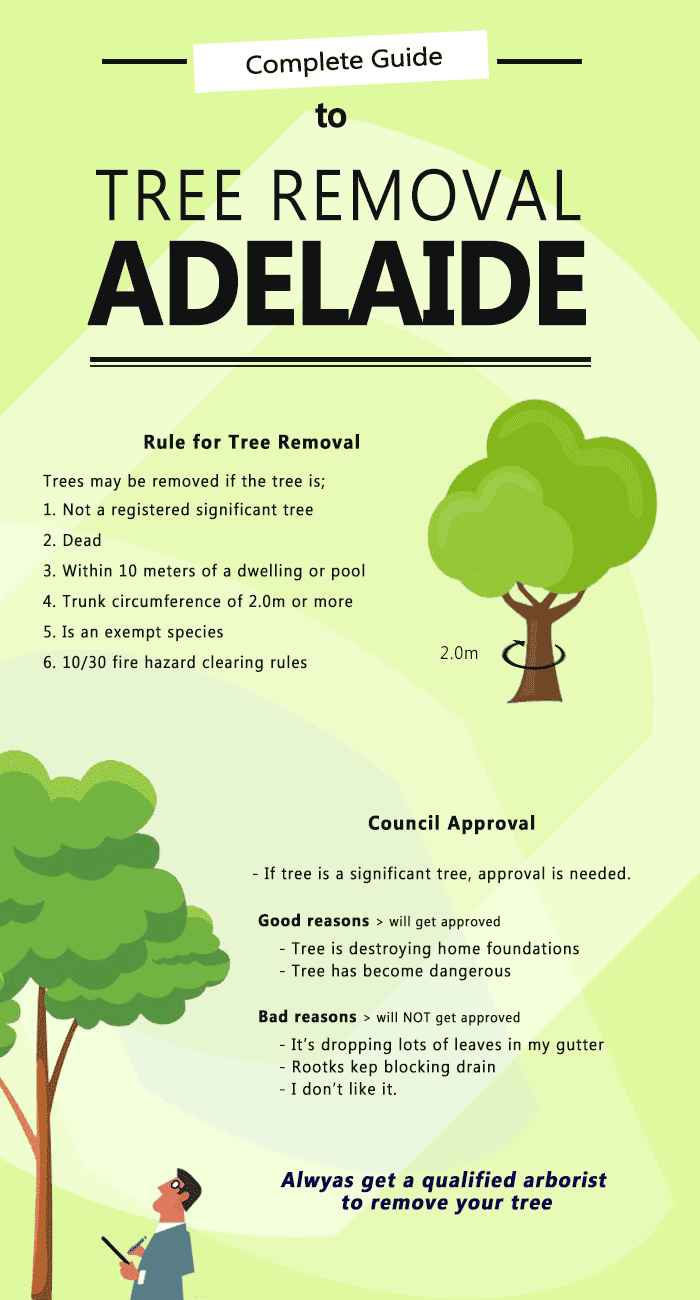Indications It's Time For Tree Removal: How To Recognize Hazardous Trees
Indications It's Time For Tree Removal: How To Recognize Hazardous Trees
Blog Article
Authored By-Troelsen Emerson
When it comes to tree treatment, recognizing the indicators that it's time for removal is necessary for your safety and security and building. You might observe tarnished leaves, wilting branches, or odd fungal growths suggesting illness. Architectural issues, like a considerable lean or fractures in the trunk, can also present risks. Understanding these warning signs can help you make informed choices concerning your trees and prevent potential risks prowling in your yard. What should you seek following?
Indicators of Decay and Disease
When you observe signs of decay and disease in your trees, it's essential to act quickly. Search for tarnished leaves, wilting branches, or unusual developments like fungi. These can show that your tree is battling.
If you see cracks in the bark or soft, mushy timber, these signs and symptoms suggest inner decay. Furthermore, Ash Tree Removal in bugs around your tree can indicate that it's damaged and susceptible.
Look for any kind of dead or dying limbs, as they posture a danger to your residential or commercial property and safety and security. If you doubt concerning what you see, seeking advice from an arborist can offer quality.
Resolving these indicators early can save you from extra extensive damage and make sure the health and wellness of your lawn. Do not wait till it's far too late.
Structural Instability and Leaning
As you observe your trees, watch out for any type of signs of architectural instability or leaning. If a tree leans significantly, it may indicate that the root system is compromised.
Try to find any cracks in the trunk or soil around the base; these can signify prospective failing. In addition, look for unusual development patterns, like an unbalanced crown, which may suggest that the tree is battling to hold itself upright.
If you discover that the tree leans toward your home, high-voltage line, or other frameworks, it postures a better danger. Don't overlook these indicators-- speak with an arborist to examine the circumstance.
Acting early can avoid https://www.google.com/maps/uv?pb=!1s0x87695392e3f6d517%3A0xc91102aef5ddf5d8!5sPrecision%20Timber%20Felling!15sCgIgARICEAE&authuser=2&imagekey=!1e10!2sAF1QipNpvVMHV4wEHk_fUEb8pIGNaEWreiCr3R_Bb41E and guarantee your security.
Dead or Perishing Branches and Vegetation
If you notice dead or dying branches and foliage on your tree, it's a clear indication that something's wrong.
These undesirable locations can indicate underlying concerns like condition, insect problems, or ecological tension. When branches lose their leaves or turn brownish, they're no longer adding to the tree's health and wellness. Ignoring these indicators could bring about additional decrease, making your tree extra dangerous.
Dead branches can easily break short throughout storms, posing a danger to residential property and individuals close by. It's important to examine the degree of the damages.
If the trouble impacts a significant part of the tree, consider getting in touch with a specialist. They can aid identify if removal is necessary to ensure safety and maintain the appeal of your landscape.
Conclusion
If you see any type of indicators of degeneration, structural instability, or dead branches on your trees, don't neglect them. These signs can present significant safety and security threats to you and your residential or commercial property. It's always best to speak with an expert arborist who can provide an expert assessment of your trees. Taking action early can prevent accidents and pricey damages, guaranteeing your landscape remains risk-free and healthy. Remember, it's better to be positive concerning tree treatment than to wait for a catastrophe to happen.
